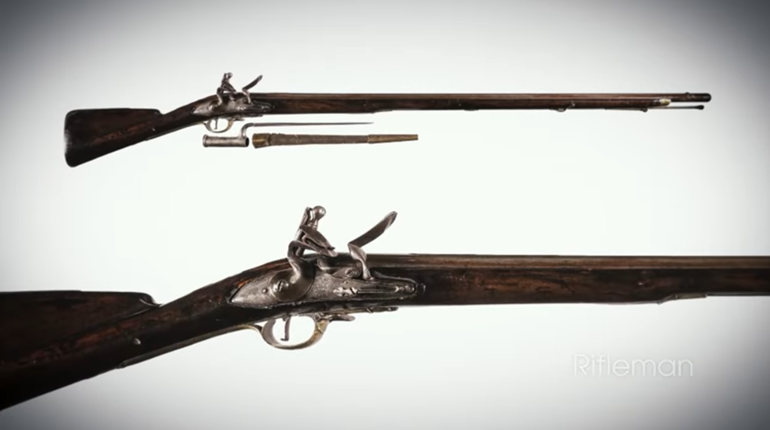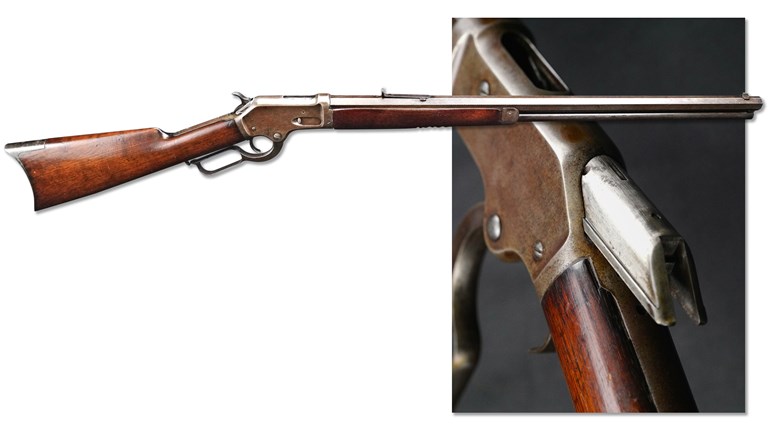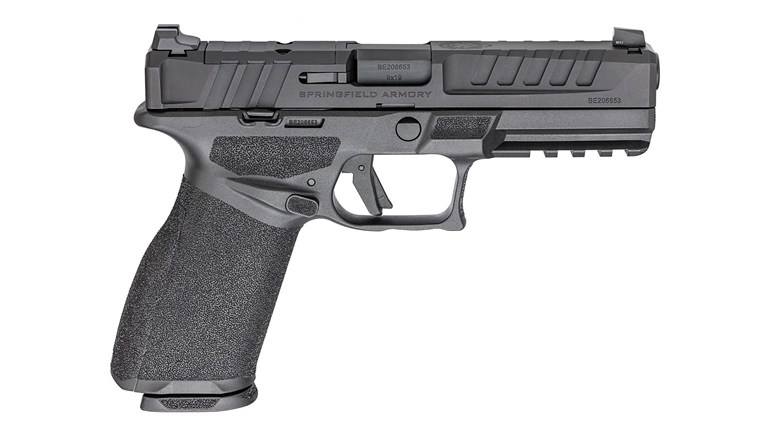
The first three decades or so of the 1900's along the U.S./Mexico border were extremely violent. During the Mexican Revolution, bandits raided the U.S. side to replenish supplies such as food, ammunition and horses. The Prohibition Era of the 1920's and 30's brought the monetary lure of smuggling liquor across the border for thirsty Americanos whose demand for alcohol had only increased with the strict laws forbidding its manufacture and consumption.
Come to think of it, times along our border with Old Mexico really haven't changed all that much: The players are different and whiskey has been replaced by other drugs, but the game is the same.
Tough times breed tough men, and both were found on each side of the Rio Grande. The Mexican smugglers of the day had cut their teeth fighting during their revolution.They were not strangers to gunplay and did not hesitate to throw lead when challenged by U.S. lawmen. The Texas Rangers of those times took a hard stance against smuggling and rustling. Like the Mexican banditos, the Rangers did not blink an eye when it came to skinning their sixguns and lever actions and 'sorting things out' along the banks of the Rio Grande.
Volumes have been written about the border, the lawmen, the bandits and the controversies that surrounded them all. Equally interesting as these characters and incidents are the firearms carried by all parties. I recently had the opportunity to examine an old Colt Single Action Army that once belonged to one of the old-time horseback Texas Rangers.
A family promise made many decades ago forbids me from naming names, so I will not. On his deathbed, the old ranger asked a rancher friend to kindly take his blue-worn Colt that had served him so well during his service for the law-abiding people of the great state. He wanted the rancher, his friend, to have it, but wanted it kept quiet so distant relatives could not make a fuss over his bequest. The rancher gave his word and like good folks he kept it, as have his relatives.
The ranger's Colt left the factory in 1899 chambered in the classic .45 Colt round. The thumbuster was blued with a color case-hardened frame, factory hard-rubber stocks, and a 4¾-inch barrel.
Judging from the honest wear that comes from daily carry the ranger must have carried the revolver exclusively. All of the bluing has been worn off, the color case hardening long ago faded away, and the stocks are as slick as if they had been polished by a buffing wheel. If the ranger had shared any stories about the gun with his friend they have long been lost to the winds of time, as both men have been gone for many years.
Then came the infamous drought of the 1950's that was so was devastating to Texas ranches. Ranchers had to sell off the majority of their livestock in order to try to stay in business. The grass died and dried up and feed costs prohibited sustaining herds at maximum capacity. To add insult to injury, money was scarce and rural folks had to do what they could to make ends meet.
The rancher who had inherited the Colt was struck with a dilemma. He had cut his herd to a manageable number in hopes of outlasting the drought and, as usually happens, many of his ewes were having twins. Harsh conditions wore on the animals and it was impossible for the mothers to get enough nutrition to provide sufficient milk to raise two lambs. The rancher had to make the tough decision to kill one lamb from every set of twins in order for the herd to survive, otherwise the mother and both young would die. To do this he had the old Colt converted to .22 long rifle. The barrel and cylinder were sleeved and “.22” was stamped on the barrel. The old ranger's Colt helped pull the herd through the long drought. Once it was over the rancher never cared to hunt again; having to euthanize the smaller and weaker lambs in order to save his herd had taken a toll on him and changed a part of his life.
The Colt, the stories of the drought, and the promise made to the old ranger have all been passed on to another generation. The ranching legacy lives on, and the horseback ranger's old sixgun has long since retired. It provided protection to the Texas Ranger who carried it for many years up and down the turbulent border with Old Mexico and it is almost certain that it saw action against smugglers, bandits and outlaws. The old ranger took great pride in his sixgun, and must have put great stock in his ranching friend to have wanted one of his most prized possessions to be his. Maybe the old lawman knew it would, in fact, help to save his friend's ranching empire one day and pull him out of a tight spot, like it had done for the lawman so many times before.







































